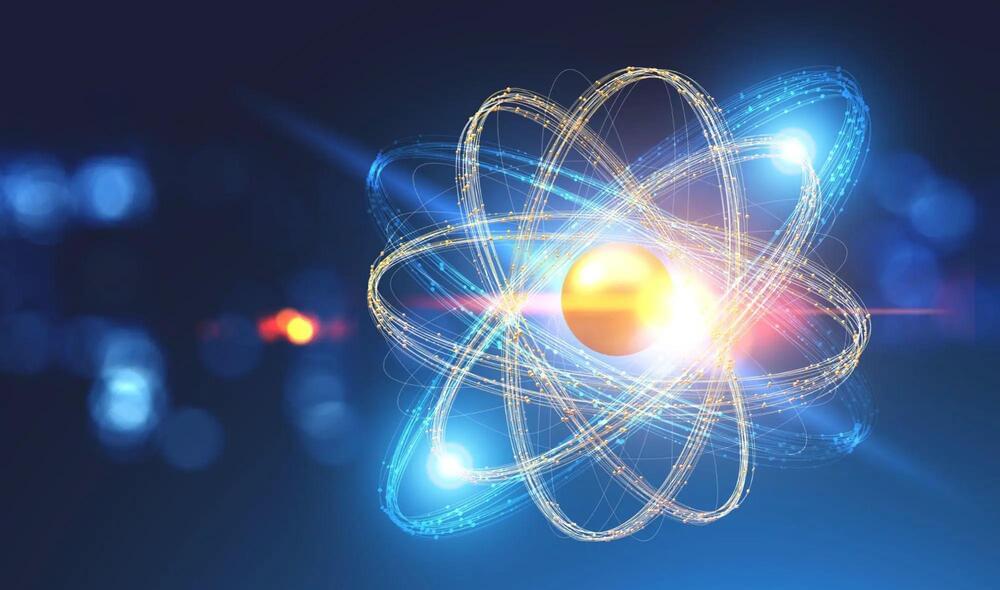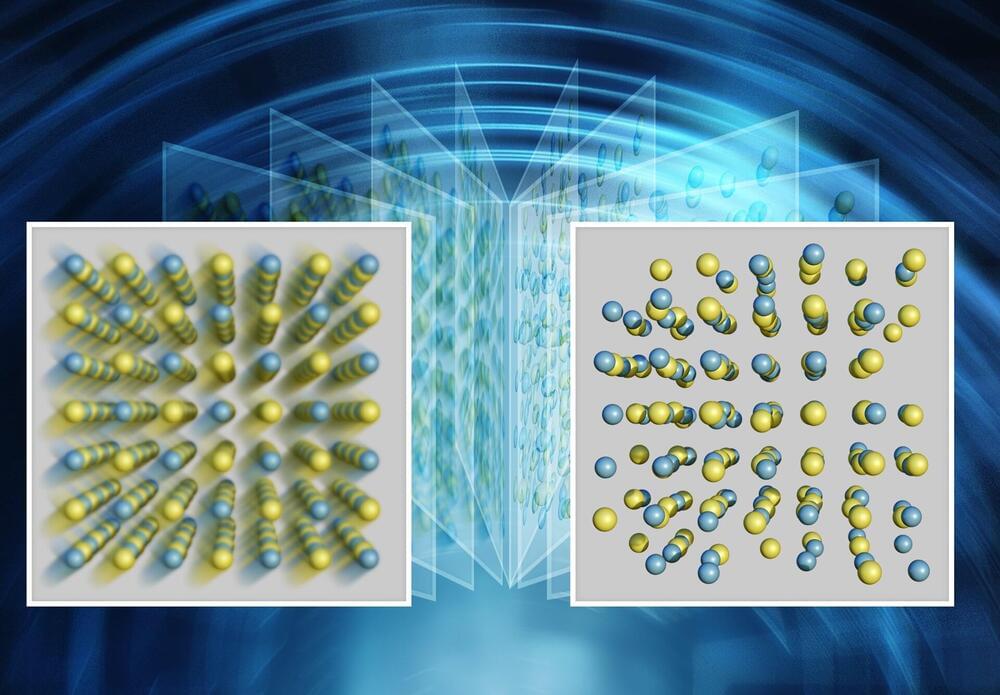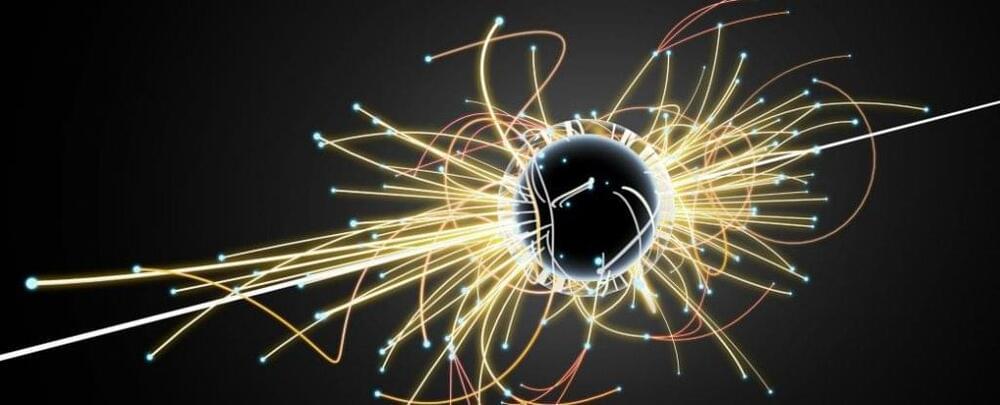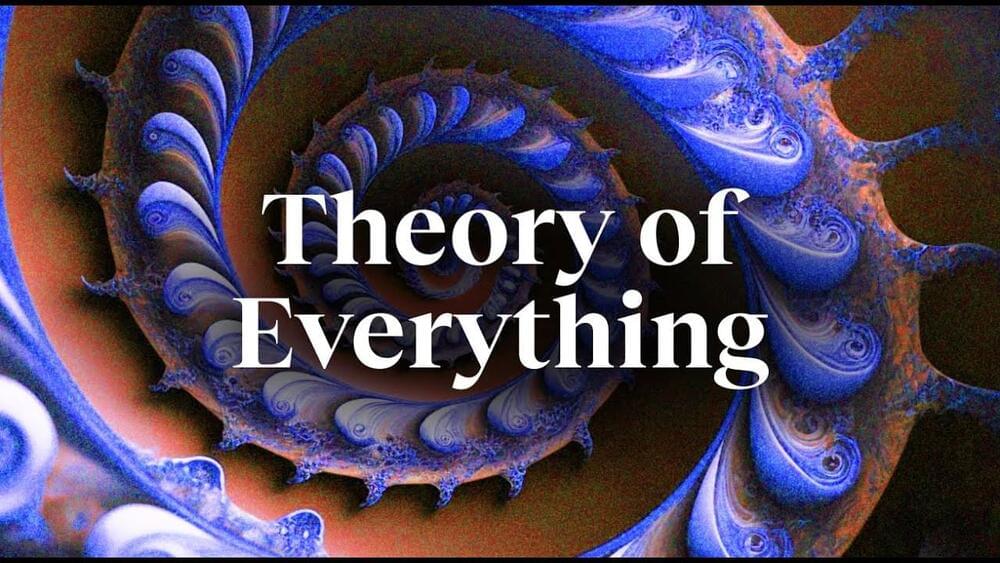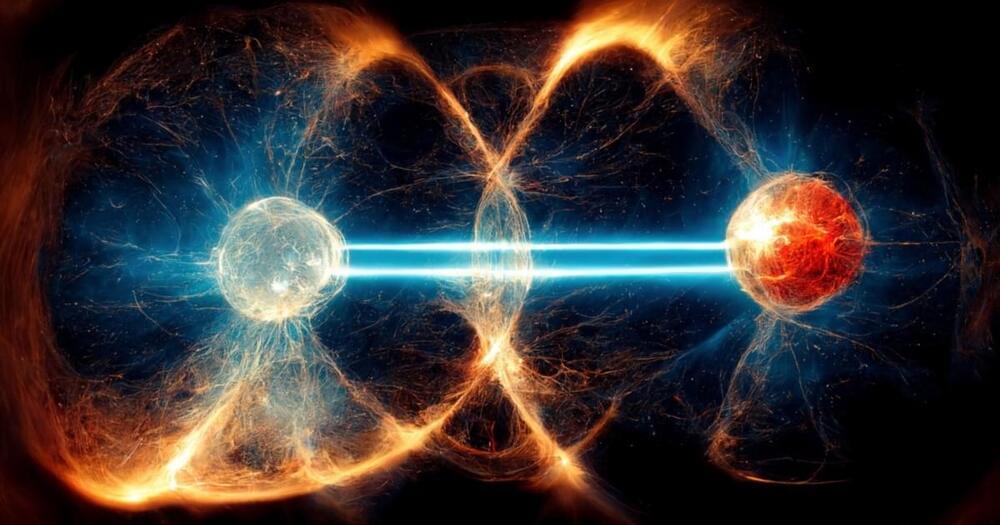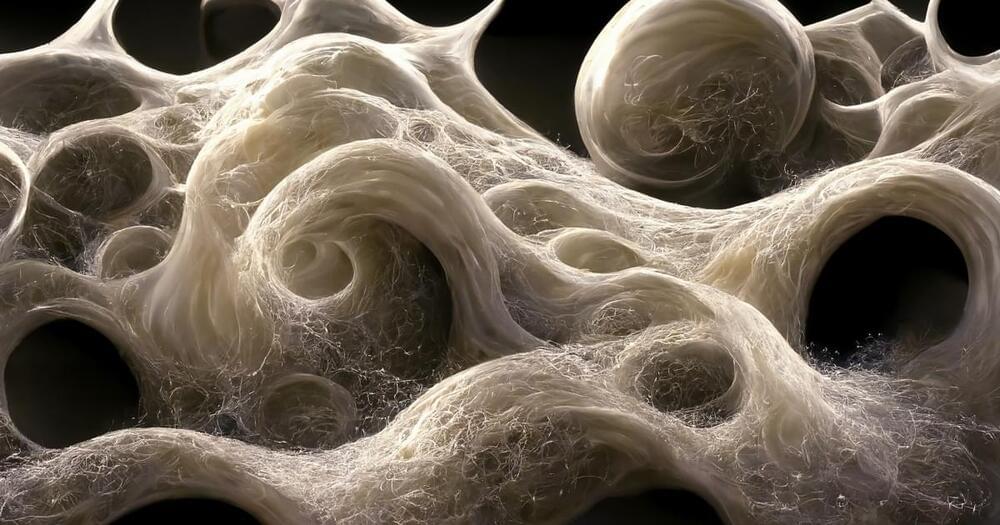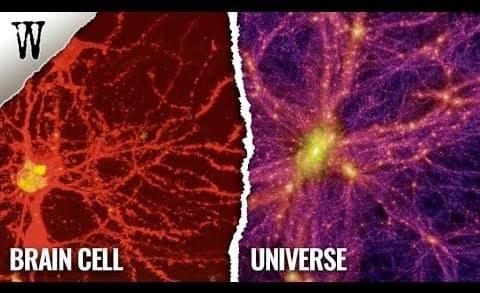Mar 8, 2023
2D Quantum Freeze: Nanoparticles Cooled to Quantum Ground-State in Two Motional Dimensions
Posted by Paul Battista in categories: nanotechnology, particle physics, quantum physics
Glass nanoparticles trapped by lasers in extreme vacuum are considered a promising platform for exploring the limits of the quantum world. Since the advent of quantum theory, the question at which sizes an object starts being described by the laws of quantum physics rather than the rules of classical physics has remained unanswered.
A team formed by Lukas Novotny (ETH Zurich), Markus Aspelmeyer (University of Vienna), Oriol Romero-Isart (University of Innsbruck), and Romain Quidant (Zurich) is attempting to answer precisely this question within the ERC-Synergy project Q-Xtreme. A crucial step on the way to this goal is to reduce the energy stored in the motion of the nanoparticle as much as possible, i.e. to cool the particle down to the so-called quantum ground-state.

